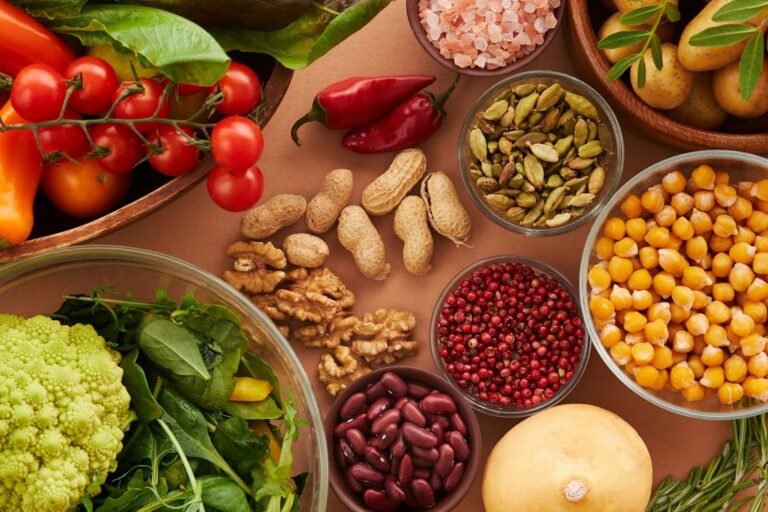Follow us and share.
How to Read Nutrition Labels and Avoid Food Marketing Traps
Learn to read nutrition labels, spot hidden ingredients, and avoid misleading food marketing claims. Make healthier choices when shopping.

In a world saturated with ultra-processed products, learning to read nutrition labels has become an essential skill for maintaining health. Often, what appears healthy at first glance hides excess sugar, sodium, or fat. This article offers a practical guide to correctly interpreting nutritional information and recognizing marketing strategies that can mislead you.
📌 Basic elements of a nutrition label
A nutrition label includes various pieces of information that help assess the product's value. Some of the most important elements are:
- Serving size: This is the amount of the product considered a serving. Often, the entire package contains multiple servings, which can be confusing if not observed carefully.
- Calories: They indicate the energy provided by a serving. This is important for daily energy balance. It's important to check whether the calories correspond to the total amount of the package or just a fraction.
- Macronutrients: Carbohydrates, proteins, and fats (including saturated and trans fats). These data provide insight into the product's calorie and nutritional profile.
- Added sugars: It is key to distinguish natural sugars (such as those found in fruit or milk) from those added by the food industry.
- Sodium and cholesterol: High consumption of these elements is associated with cardiovascular disease and hypertension.
- Percent Daily Value (% DV): It indicates how much of that nutrient represents in a reference diet (usually 2,000 kcal). It's useful for identifying excesses or deficiencies.
Reading all this information allows you to make more informed decisions, compare similar products, and tailor your choices to your personal needs or specific medical conditions.
📌 Ingredients you should avoid (even if they have disguised names)
Often, ingredients that are harmful to health are disguised under less obvious names. The food industry uses synonyms or technical terms that can go unnoticed if we don't recognize them. Some examples include:
- Sugar: It may appear as high fructose corn syrup, dextrose, fructose, maltose, honey, molasses, evaporated cane juice, fruit concentrate, among others.
- Trans fats: They are disguised as “partially hydrogenated oils.” They are associated with the risk of heart disease and are especially dangerous for the circulatory system.
- Monosodium glutamate (MSG): A flavor enhancer found in instant soups, sauces, and snacks that may cause sensitivity in some people.
- Artificial colors and preservatives: such as sodium benzoate, tartrazine, aspartame, or nitrites. Although they are approved in small quantities, cumulative consumption can affect health.
A simple rule: the longer and more unrecognizable the ingredient list, the more processed and unhealthy the food. Always prioritize products with simple, recognizable ingredients in smaller quantities.
📌 Misleading phrases: “light,” “natural,” “no added sugar”
Companies use marketing strategies to make a product appear healthier than it actually is. Some common phrases include:
- “Light” or “low fat”: It may be lower in fat, but loaded with sugar, starch, or sodium to maintain flavor.
- "Natural": It doesn't mean it's preservative-free or nutritious. This term isn't regulated in many countries, so it can be misleading.
- “No added sugar”: Contains no added sugars, but may have naturally occurring sugars or be loaded with artificial sweeteners.
- “0% cholesterol”: Plant-based products never contain cholesterol, but this label is used on products that may still contain unhealthy fats.
- “With vitamins and minerals”: Many cereals or sugary drinks add synthetic micronutrients to appear healthier, but they are still high-calorie products with low nutritional value.
It's important not to be misled by the packaging or the big slogans on the front. The real information is in the fine print of the nutrition facts and ingredients. Take a few seconds to analyze what you're really about to consume.
💡 Final Reflection: Reading labels is an act of self-care
Labels are like contracts for what we are about to consume. Reading them isn't obsessive, but Be aware and take control of our health from day to day..
Identifying harmful ingredients, understanding calorie content, detecting hidden sugars or excess sodium, and comparing similar options are simple steps that can make a big difference in the long run. Eating well isn't always about eating less, but choose better.
Investing a few minutes in reading labels means investing years in health. Being an informed consumer empowers you to build healthier and more sustainable eating habits.



